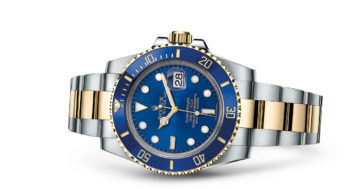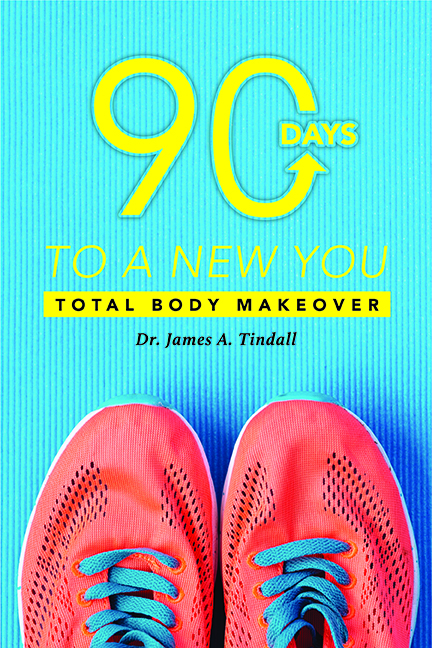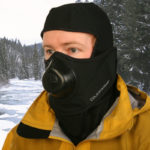All physical activities are not the same. Physical activities differ greatly in the amount of calories they burn and, larger muscles, when worked hard, burn more calories than smaller muscles. This is one reason why, if you run short of time in the gym, you should work the larger muscles first because you’ll get the most calories burned by doing so.
Advertisement: Rolex (click on photo for more info)

Full-body exercises burn more than separate muscle group exercises. For example, compare a burpee to a bench press; the former burns about 10 calories per minute, while the latter burns just under 4 calories per minute. These numbers are based on an average weight male of 155 pounds and assumes your technique is correct. Thus, you can easily observe that intensity during a workout is key to burning calories. However, you will often not want to work out as hard as you can at high-intensity. Thus, it’s good to look at calorie expenditure comparisons versus exercise/activity.
The following table compares the energy expended by the body while performing different exercises or activities. The numbers given are average for a person of a general physical fitness level and are thus, subject to change depending on many factors. Some of these factors include:
1) Individual base metabolic rate (BMR) as each person is different. The BMR reflects the body’s heat production and varies by individual due to body size, etc.
2) The effects of regular exercise. Research indicates that regular endurance and resistance training offsets the decrease in BMR (resting) that usually accompanies aging and maintains BMR at higher rates as you age.
3) Type of physical activity, since it has the most profound effect on energy expenditure.
4) Diet-induced thermogenesis, which we will not explain here.
5) Climate, which has an effect on the body’s core temperature. For example, the resting metabolism for people in tropical climates is generally 5 to 20% higher than the values measured for people in a more temperate area.
6) Pregnancy, which typically increases energy expenditure when performing an activity, primarily due to the additional body weight gained during each trimester (see our “Training Nook” section under “Women’s Fitness” category for more information).
In fact, there are many factors that will have an effect on the energy expended while performing an activity. However, the numbers given below will help you in determining your energy expenditure and combining that with your nutritional plan.
Example:
To obtain the number of kcalories (calories) burned, simply multiply the energy expended in the table by the number of minutes you perform that activity. For example, suppose you weigh 110 pounds and run (jog) at an average pace of 10 minutes per mile for 45 minutes. From the table below you will expend 7.5 kcal/min x 45 minutes = 338 kcalories.
Advertisement: Amazon (click on photo for more info)

How does this calorie number fit with your nutrition, i.e., how much should you eat? Lets show you an easy way to calculate your resting energy expenditure (REE) so that you’ll have some idea of a “ball park” number of calories to eat each day. The REE is the number of calories necessary to eat to sustain your current body weight without any physical activity. If you exercise, you’ll have to add calories to this amount to balance what you eat versus what you expend. To obtain your REE, simply multiply your body weight by 10 and add 200. If we use the 110 pound jogger above as our example, we get 110 x 10 + 200 = 1300 kcalories as the REE. However, the jogger burned an additional 338 kcal during his or her physical activity. Thus, adding the additional expenditure the person would need to consume 1300 kcal + 338 kcal = 1638 kcal to maintain current body weight on the day of activity.
As you may have guessed, if you want to weigh less, eat less, and if you want to weigh more, eat more. For example, suppose you weigh 150, but desire to weigh 130; instead of using 150 as the base for your REE, you would use 130 (130 x 10 + 200 = 1500 kcal). By using 150 as the base number, you would get 1700 kcal for the REE. If indeed you desired to weigh 130 pounds by the end of a 12 month period, using the latter means you would be eating 200 calories more per day than needed; this would result in about a 20 pound weight gain during the course of a year. By using 1300 kcal per day as the base, you would be at or near your 130 pound target goal at the end of 12 months, i.e., you would have a 20 pound weight loss during the year (about 0.4 pounds loss per week). This is not the most scientific way to obtain the REE, but adequate to allow you to understand and become accustomed to the number of calories you need on a daily basis.
| Exercise | Calories used per minute (110 lb person) | Calories used per minute (220 lb person) |
|---|---|---|
| Baseball | 3.8 | 7.7 |
| Basketball | 7 | 11.3 |
| Boxing | 11.1 | 21.2 |
| Canoeing, crew | 9.9 | 20.2 |
| Cycling, fast | 8 | 16.2 |
| Fencing | 7.2 | 15 |
| Football | 7.4 | 15.1 |
| Golf | 3.9 | 7.6 |
| Handball | 7.2 | 13.8 |
| Hockey, ice | 7 | 13.4 |
| Judo | 8.8 | 16.7 |
| Jump rope, 80/minute | 8.2 | 15.7 |
| Kendo | 9.7 | 18.5 |
| Lacrosse | 7.4 | 12.7 |
| Martial Arts, competition | 9.1 | 18.1 |
| Racquetball | 8.9 | 17 |
| Running (10 minute mile) | 13.9 | 22.6 |
| Skiing, snow, moderate | 6 | 11.4 |
| Skiing, telemark | 13.7 | 26.1 |
| Swimming | 8.5 | 16.2 |
| Walking, 2 mph | 2.6 | 5.1 |
| Walking, 3 mph | 3.8 | 7.2 |
| Wrestling, competition | 9.7 | 18.5 |
| Weight lifting | 9.3 | 18.2 |
| Yoga | 3.1 | 6 |







